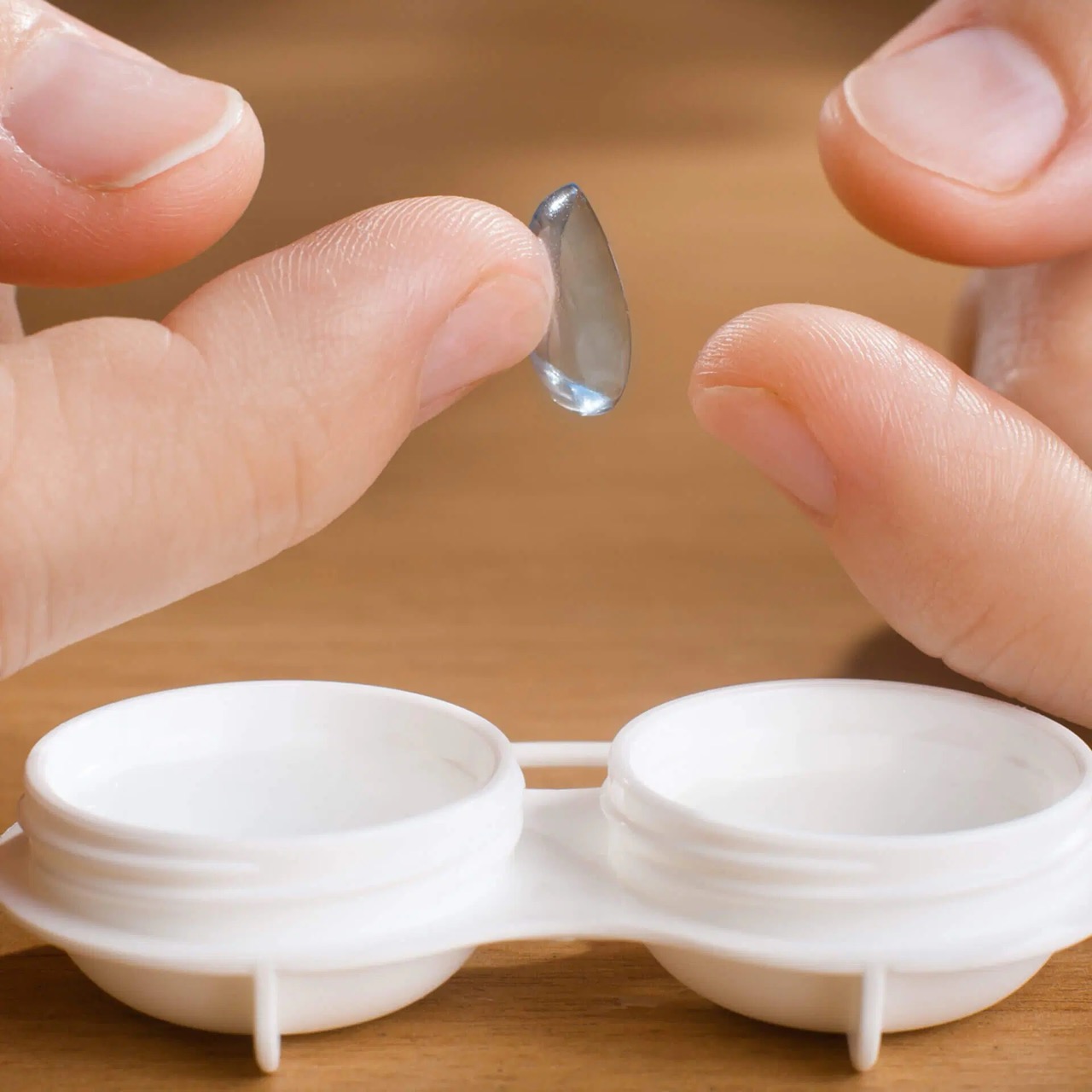IOL Selection for Glaucoma Patients
When it comes to choosing the right intraocular lens (IOL) for glaucoma patients, it’s not just about vision correction—it’s about understanding the unique challenges each patient faces.
Key considerations. IOL Selection for Glaucoma Patients:
- Type of Glaucoma: Different types like open-angle, angle-closure, or pseudoexfoliative glaucoma require tailored approaches.
- Stage & Stability: Early vs. advanced stages affect the choice. Aspheric lenses help maintain stability and reduce complications associated with contrast sensitivity.
- Health of the Ganglion Cell Complex: Damage impacts visual function— multifocal lenses are advised against due to the effect on contrast sensitivity.
- Ocular Surface Condition: Minimally invasive surgery can reduce dryness caused by glaucoma drops.
- Special Cases: For pseudoexfoliative glaucoma, using CTRs during the surgery helps maintain stability and reduce complications.
Adjustable lenses are ideal for narrow/shallow angles, allowing fine-tuning for changes in eye shape. Remember, your surgeon needs to consider pupil dilation—these lenses lock when pupils dilate to 5 mm, impacting surgical outcomes.
The goal? Enhance quality of life by preserving vision clarity and managing glaucoma effectively.
In recent years, new intraocular lens options have helped glaucoma patients who need cataract surgery. For example, extended depth of focus (EDOF) lenses give better contrast sensitivity than multifocal lenses. However, doctors avoid them in patients with optic nerve damage or visual field loss. In contrast, toric lenses work well for patients with astigmatism. They help improve vision without glasses. As a result, patients may enjoy better quality of life. Therefore, doctors must do a full exam before surgery to check risks. In the end, choosing the right lens helps protect vision and support glaucoma care.








